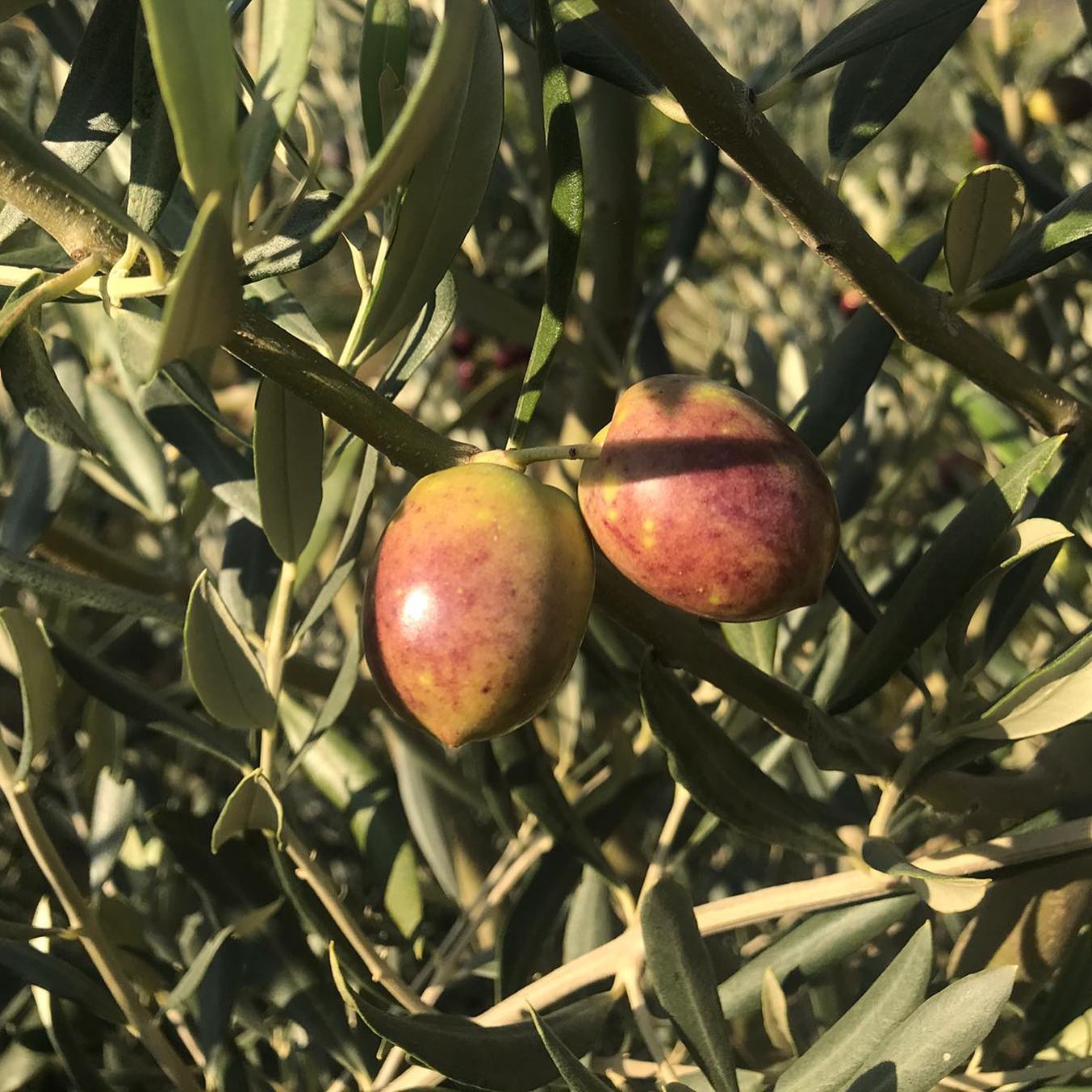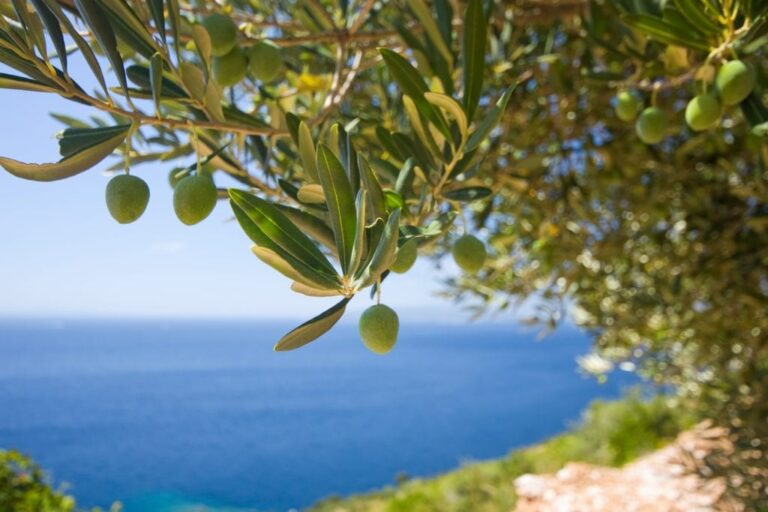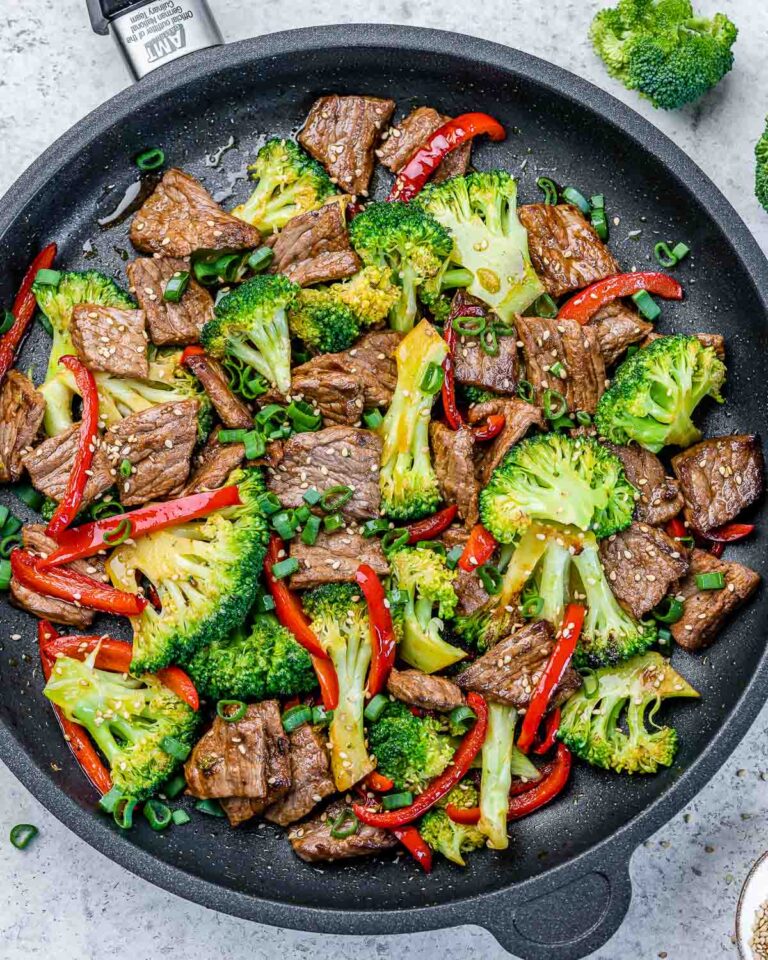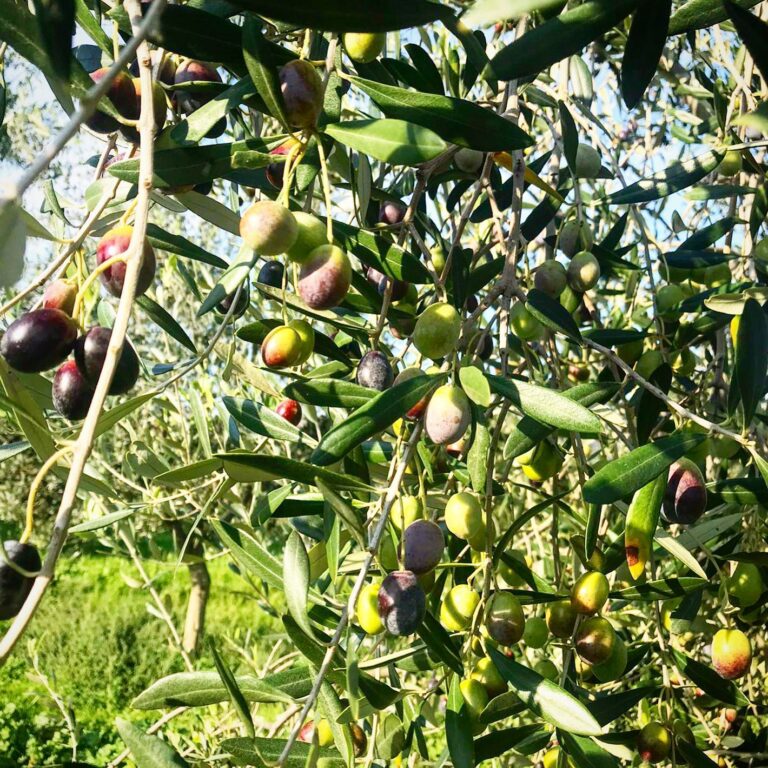The Liquid Gold Standard: A Deep Dive into the Empirical Evidence and Health Benefits of Extra Virgin Olive Oil
Executive Summary
Extra Virgin Olive Oil (EVOO), a cornerstone of the Mediterranean diet, is not merely a culinary staple but a scientifically validated functional food. The health benefits attributed to olive oil are primarily derived from its unique composition of monounsaturated fatty acids (MUFAs), particularly oleic acid, and a rich concentration of bioactive polyphenols. These compounds work synergistically to provide robust cardiovascular protection, potent anti-inflammatory effects, and a range of benefits for cognitive and metabolic health.
This report synthesizes extensive empirical evidence from clinical trials and academic reviews to establish a clear understanding of these health properties. It differentiates EVOO from lower-grade oils by highlighting the critical role of cold extraction and other quality-driven production methods. The analysis further demystifies what defines a truly healthy olive oil, providing a framework for identifying and sourcing premium, high-polyphenol products. This guidance empowers discerning consumers to move beyond the superficial aspects of product selection, enabling them to make informed choices that align with their health and wellness objectives.
The Olive Oil Spectrum: Understanding the Difference
Olive oil is a liquid fat obtained from pressing whole olives, the fruit of the olive tree. The classification and quality of olive oil are determined by the extraction process and its resulting chemical composition, which in turn dictates its flavor, nutritional value, and health benefits. A clear understanding of these grades is fundamental to appreciating why Extra Virgin Olive Oil is a uniquely powerful source of wellness.
Defining the Grades: From Refined to Extra Virgin
The most common olive oil grades available to consumers are refined olive oil and Extra Virgin Olive Oil. Refined olive oil, often labeled simply as “olive oil” or “pure olive oil,” is a blend of cold-pressed and refined oils.1 The refining process, which involves chemical and heat treatments, removes natural impurities and unwanted flavors from the oil. While this results in a product with a lighter color and a neutral taste, it also strips the oil of many of its beneficial compounds, most notably its polyphenol content.1 This processing makes it a more suitable option for high-heat cooking due to a higher smoke point, but it sacrifices the intrinsic health properties of the fruit.
Conversely, Extra Virgin Olive Oil (EVOO) is considered the highest grade of olive oil. It is produced solely through mechanical means, without the use of chemical solvents or heat.1 This process is often referred to as “cold-pressing” or “cold-extraction,” where the temperature during processing is strictly controlled to ensure the olives are not heated past 27 degrees Celsius (80 degrees Fahrenheit).4 This minimal processing is crucial as it preserves the oil’s natural integrity, vibrant flavor, and, most importantly, its full spectrum of beneficial compounds, including polyphenols and vitamins.3
Why EVOO is Uniquely Positioned for Health
The minimal processing of EVOO is the primary reason for its superior health profile. Compared to regular olive oil, EVOO retains a significantly higher concentration of beneficial plant compounds, including vitamins E and K, as well as at least 30 different potent antioxidants and anti-inflammatory compounds.3 The very qualities that differentiate it—its deeper color and more robust flavor—are tangible indicators of its rich nutritional content. The health benefits associated with olive oil are therefore relegated to EVOO, which stands alone in its ability to deliver a full-spectrum dose of these compounds.1 This foundational understanding is essential, as it establishes why the focus of any health-related discussion must be centered on this specific grade of olive oil.
A Core Pillar of Wellness: The Science of Heart Health
Extra Virgin Olive Oil’s reputation as a cornerstone of heart-healthy diets is supported by a robust body of scientific evidence. Its cardioprotective effects stem from a synergistic interplay between its primary fatty acid content and its powerful phenolic compounds.
Monounsaturated Fats (MUFAs): The Foundational Role of Oleic Acid
The fatty acid profile of EVOO is dominated by monounsaturated fats (MUFAs), which make up approximately 71% of its fat content.3 The principal MUFA in olive oil is oleic acid, which has been shown to have a foundational role in cardiovascular health.3 A central mechanism of its benefit is its ability to lower low-density lipoprotein (LDL) cholesterol—often referred to as “bad” cholesterol—which is a key marker of cardiovascular risk.1 Studies suggest that when oleic acid and other unsaturated fats are used as a replacement for saturated fats in the diet, they can significantly improve lipid profiles and reduce the risk of heart-related issues.7
Beyond Fats: The Cardiovascular Power of Polyphenols
While MUFAs are critical, the cardioprotective benefits of EVOO extend beyond its healthy fat content. The oil’s polyphenols, a diverse group of compounds with potent antioxidant and anti-inflammatory properties, work in concert with the fats to provide comprehensive protection.6 These compounds protect blood lipids from oxidative damage, a process that contributes to atherosclerosis and coronary heart disease.9 They also enhance endothelial function—the health of the inner lining of blood vessels—by increasing the bioavailability of nitric oxide (NO), which promotes vasodilation and lowers blood pressure.6 This combined action of both MUFAs and polyphenols creates a potent and multifaceted defense against cardiovascular disease.
Empirical Evidence: A Review of Clinical Trials and Studies
The empirical evidence for EVOO’s heart-health benefits is compelling. In 2004, the U.S. Food and Drug Administration (FDA) approved a qualified health claim for olive oil, stating that limited scientific evidence suggests consuming about 2 tablespoons (23 grams) daily may reduce the risk of coronary heart disease.7 This benefit is particularly noted when olive oil replaces a similar amount of saturated fat in the diet.7
Further research has provided even more definitive results. A large-scale prospective study published in the Journal of the American College of Cardiology found that participants who consumed more than a half tablespoon of olive oil daily had a 19% lower risk of death from heart disease and a 19% lower risk of death from any cause compared to those who consumed less.8 A separate review in the journal
Nutrients confirmed that regular consumption of high-polyphenol EVOO is strongly linked to cardiovascular protection through its anti-inflammatory, antioxidant, and blood pressure-lowering effects. The study emphasized that EVOO offers a powerful food-based strategy for both primary and secondary heart disease prevention.10
The accumulated evidence makes a powerful case for a fundamental dietary shift. The benefit is not merely derived from adding a healthy fat to an existing diet; it is fundamentally about replacing less healthy fats with EVOO. This reframing is a critical component of understanding olive oil’s impact, as it highlights a purposeful substitution that drives the most significant health outcomes.
The Anti-Inflammatory Elixir: Unpacking the Role of Key Bioactive Compounds
Chronic, systemic inflammation is a silent driver of numerous degenerative diseases, from cardiovascular conditions to arthritis and neurodegenerative disorders. The anti-inflammatory properties of Extra Virgin Olive Oil are a key reason for its therapeutic potential, and these effects are primarily mediated by its rich polyphenol content.
Introducing Polyphenols: Nature’s Potent Antioxidants
Polyphenols are a large class of naturally occurring compounds found in plants that have a broad spectrum of biological activities.11 Their health-promoting properties are largely attributed to their powerful antioxidant and anti-inflammatory effects.11 These compounds function by neutralizing unstable molecules called free radicals, which are a major source of oxidative stress in the body. By reducing this oxidative burden, polyphenols help mitigate a key underlying cause of chronic inflammation.2
The “Natural Ibuprofen”: A Focus on Oleocanthal
One of the most remarkable polyphenols in EVOO is oleocanthal. This compound has garnered significant scientific attention due to its anti-inflammatory properties, which have been shown to be analogous to a well-known non-steroidal anti-inflammatory drug (NSAID), ibuprofen.12 Oleocanthal operates by inhibiting the activity of cyclooxygenase (COX) enzymes, specifically COX-1 and COX-2, which are central to the synthesis of pro-inflammatory prostaglandins.12 By disrupting these pathways, oleocanthal helps to reduce inflammation without the side effects often associated with synthetic pharmaceuticals.15 Research also indicates that oleocanthal and other polyphenols like hydroxytyrosol can reduce the production of pro-inflammatory cytokines such as interleukin-6 (IL-6) and tumor necrosis factor-alpha (TNF-α), which are critical mediators of inflammation throughout the body.12
The Broader Anti-Inflammatory Mechanism
The anti-inflammatory effects of EVOO are not limited to a single compound; rather, they are a result of the combined action of multiple polyphenols, including oleocanthal, hydroxytyrosol, and oleuropein.12 This synergy not only helps combat existing inflammation but also prevents the onset of chronic inflammatory conditions by maintaining cellular integrity and promoting a healthy immune response.12 The therapeutic potential of EVOO is so pronounced that it is now being considered a legitimate part of “food-as-medicine” protocols, where specific foods are used for their functional health benefits.17 This connection between a natural food and a demonstrable medical outcome validates the belief that diet can be a form of preventative medicine, thereby positioning EVOO as a vital tool in the management of systemic inflammation.
Table 1: Key Polyphenols in EVOO and Their Health Mechanisms
| Polyphenol | Biological Mechanism | Associated Health Benefits |
| Oleocanthal | Inhibits COX-1/COX-2 enzymes; Reduces pro-inflammatory cytokines such as IL-6 and TNF-α. | Anti-inflammatory, Neuroprotective, Cardioprotective 12 |
| Hydroxytyrosol | Neutralizes free radicals; Protects cells from oxidative stress. | Antioxidant, Anti-inflammatory, Neuroprotective 12 |
| Oleuropein | Suppresses inflammatory mediators; Enhances antioxidant capacity. | Anti-inflammatory, Antioxidant, Cardioprotective 6 |
The Whole-Body Benefits: Beyond Cardiovascular Health
The health-promoting properties of Extra Virgin Olive Oil extend far beyond its well-known cardiovascular benefits. A growing body of research suggests that regular consumption contributes to a wide range of systemic improvements, including enhanced cognitive function, metabolic regulation, and a stronger immune system.
Cognitive Health and Neuroprotection
The same antioxidant and anti-inflammatory properties that protect the heart also benefit the brain. Studies indicate that polyphenols in EVOO, particularly oleocanthal, can help reduce the accumulation of beta-amyloid proteins, which are a hallmark feature of Alzheimer’s disease.14 The oil’s ability to modulate neuroinflammatory pathways and protect neuronal cells from oxidative stress suggests a direct role in preventing cognitive decline and enhancing overall brain health.2 A prospective study found that people with higher olive oil intake had a 29% lower risk of death from neurodegenerative diseases.8 The ability of EVOO to protect against protein misfolding and aggregation underscores its potential as a preventative agent against cognitive decline.
Metabolic Regulation and Chronic Disease Prevention
EVOO also plays a significant role in metabolic regulation. Research has shown that its consumption can improve insulin sensitivity, a key factor in preventing type 2 diabetes.12 By reducing systemic inflammation, EVOO helps to improve the body’s ability to regulate blood glucose levels more effectively.12 Furthermore, a meta-analysis of 45 studies revealed that individuals who consumed olive oil were 31% less likely to develop cancer, with one trial showing a 62% reduction in invasive breast cancer risk among women on a Mediterranean diet enriched with EVOO.18 The collective evidence positions EVOO as a vital component of a preventative diet, helping to combat the underlying conditions that lead to chronic illness.
Support for the Immune System
The antioxidants and healthy fats in EVOO provide essential support for the immune system. Vitamin E, a powerful antioxidant present in the oil, helps protect immune cells from oxidative damage, which can impair their function.3 By reducing inflammation and oxidative stress, EVOO enables the body to respond to infections and other immune challenges more effectively without triggering excessive or prolonged inflammatory responses.12 This holistic impact on overall wellness makes EVOO a valuable dietary choice for maintaining long-term health.
The Pursuit of Potency: What Defines a Truly Healthy Olive Oil?
The health benefits of olive oil are not uniform across all products. The wide variation in quality and potency has led to a market where discerning consumers seek out specific attributes, such as “high polyphenol” and “medical-grade” olive oils. These terms, while sometimes used for marketing, are directly tied to the intrinsic qualities that dictate a product’s therapeutic value.
Addressing the “High Polyphenol” and “Medical-Grade” Queries
A “high polyphenol” olive oil is one that has a significantly elevated concentration of the beneficial phenolic compounds discussed in this report.13 The European Food Safety Authority (EFSA) specifies that for olive oil to qualify for a health claim regarding the protection of blood lipids from oxidative stress, it must contain a minimum of 5 mg of hydroxytyrosol and its derivatives per 20 grams of oil.9 This is often correlated with a total polyphenol content of at least 250 mg/kg.9 Many clinical studies, however, use oils with concentrations exceeding 500 mg/kg.17 The term “medical-grade olive oil” has emerged as a way to define oils that are specifically produced for their functional health benefits rather than just for culinary use. These oils often contain over 500 mg/kg of polyphenols, with some exceeding 1000 mg/kg, and are typically lab-tested to certify their potency.17
The Role of Cultivar, Harvest Time, and Extraction Method
The concentration of polyphenols in olive oil is influenced by a range of factors inherent to its production. The olive cultivar, or variety, is a primary determinant; certain types, such as Picual, Koroneiki, and Moraiolo, are naturally richer in polyphenols than others.13 The time of harvest is also critical. Early harvest oils, made from green, unripe olives, have a more robust, peppery flavor profile and are significantly higher in polyphenols compared to oils from later harvests.13 Finally, the extraction method is paramount. As previously noted, the “cold-pressing” or “cold-extracted” process ensures that the bioactive compounds are retained in the final product.2
Decoding the Label: Essential Quality Cues
For a consumer who may not be an expert in the intrinsic qualities of olive oil, certain “extrinsic attributes” on a label can serve as a reliable guide to a product’s health potential.22 These cues are direct indicators of the production methods that result in a high-quality, high-potency oil. The term “single-estate” or “single-origin” signals that the oil is traceable to a specific location and producer, which guarantees purity and a compelling story of provenance.4 “Early harvest” indicates that the oil will have a higher polyphenol count and a more robust flavor.13 Likewise, “cold-extracted” confirms that the oil has been minimally processed, retaining its full nutritional profile.3 Additionally, the packaging itself serves as a quality cue; high-quality oils are stored in dark glass bottles or tins to protect them from light and oxygen, which can cause the degradation of their beneficial compounds.2 The connection between these observable cues and the scientific benefits they represent is a powerful way to empower the consumer, transforming their intuition about a product’s quality into verifiable knowledge.
Table 2: Quality Cues and Their Health Implications
| Quality Cue | How It Contributes to Health | Taste Profile |
| Early Harvest | Higher polyphenol concentration; preserves beneficial compounds. | More robust, bitter, and peppery. 13 |
| Cold-Extracted | Retention of vitamins E and K, as well as polyphenols and antioxidants. | Fresh, fruity, and vibrant notes. 3 |
| Single-Estate | Guarantees purity and traceability; less susceptible to blending with lower-quality oils. | A distinct profile reflective of its unique terroir. 4 |
| Dark Bottle/Tin | Protects against degradation from light and oxygen, which can destroy polyphenols. | Preserves the oil’s fresh flavor and potency over time. 2 |
Putting it into Practice: Daily Tips for Optimal Health
Incorporating extra virgin olive oil into a daily routine is a simple, effective way to leverage its health benefits. The key is to think of it not just as a cooking ingredient but as a staple that can purposefully enhance your diet.
The Daily Wellness Shot. For those seeking the highest-potency benefits, some high-polyphenol olive oils are used in a medicinal or “food-as-medicine” context.12 A simple and efficient way to consume these is to take a quick teaspoon or a small shot of the oil daily, a practice some find delivers noticeable health benefits, particularly for cognitive function.15
Replace Saturated Fats. A foundational strategy for better heart health is to replace saturated fats—like butter, mayonnaise, and margarine—with olive oil.8 The FDA recommends consuming about two tablespoons (23 grams) of olive oil daily to achieve its cardioprotective effects, particularly when it replaces a similar amount of saturated fat in your diet without increasing your total caloric intake.7
Embrace It Raw. To maximize the benefits of EVOO’s delicate compounds, use it in its raw form as much as possible.23 Drizzle it generously over salads, roasted vegetables, and grilled seafood to finish a dish with both flavor and nutritional value.13 It also serves as a delicious and healthy dip for bread, elevating a simple snack into a wellness-focused ritual.23
Conclusion
The evidence presented in this report confirms that Extra Virgin Olive Oil is a scientifically validated functional food. Its extensive health benefits are rooted in a unique synergy between its healthy monounsaturated fats and its high concentration of bioactive polyphenols. The empirical data consistently demonstrates its powerful role in protecting cardiovascular health, combating chronic inflammation, and supporting a wide range of systemic functions. To fully harness these benefits, the consumer must look beyond generic marketing to the tangible quality cues that signal true potency and purity. These include a product’s origin, harvest time, extraction method, and a brand’s commitment to transparency through lab-tested data. Ultimately, the future of food and wellness lies in products that flawlessly synthesize culinary pleasure with therapeutic value, and Extra Virgin Olive Oil, particularly from authentic and high-quality sources, represents the liquid gold standard of this synthesis.
Works cited
- Extra Virgin Olive Oil Vs. Olive Oil: What’s The Difference? – Southern Living, accessed September 16, 2025, https://www.southernliving.com/food/fats/oils/olive-oil-vs-extra-virgin-olive-oil
- Unlocking the Secrets of Organic Cold Pressed Extra Virgin Olive Oil, accessed September 16, 2025, https://www.artisanoliveoilcompany.co.uk/blogs/news/unlocking-the-secrets-of-organic-cold-pressed-extra-virgin-olive-oil
- 12 Benefits and Uses of Cold Pressed Olive Oil – Healthline, accessed September 16, 2025, https://www.healthline.com/nutrition/cold-pressed-olive-oil
- Kouzini – Buy Certified Best Organic Greek Extra Virgin Olive Oil, accessed September 16, 2025, https://www.kouzini.com/
- Are All Olive Oils Healthy? – Filippo Berio, accessed September 16, 2025, https://filippoberio.com/olive-oil-blog/are-all-olive-oils-healthy/
- Exploring the Cardiovascular Benefits of Extra Virgin Olive Oil: Insights into Mechanisms and Therapeutic Potential, accessed September 16, 2025, https://pmc.ncbi.nlm.nih.gov/articles/PMC11852600/
- FSHN16-4/FS282: Health Benefits of Olive Oil and Olive Extracts – UF/IFAS EDIS – University of Florida, accessed September 16, 2025, https://edis.ifas.ufl.edu/publication/FS282
- Olive Oil and Heart Health – Yale School of Medicine, accessed September 16, 2025, https://medicine.yale.edu/news-article/olive-oil-and-heart-health/
- Exploring the Benefits of Extra Virgin Olive Oil on Cardiovascular Health Enhancement and Disease Prevention: A Systematic Review – MDPI, accessed September 16, 2025, https://www.mdpi.com/2072-6643/17/11/1843
- Review shows how extra virgin olive oil transforms heart health – News-Medical, accessed September 16, 2025, https://www.news-medical.net/news/20250602/Review-shows-how-extra-virgin-olive-oil-transforms-heart-health.aspx
- Potential Health Benefits of Olive Oil and Plant Polyphenols – PMC, accessed September 16, 2025, https://pmc.ncbi.nlm.nih.gov/articles/PMC5877547/
- Anti-Inflammatory Properties of Olive Oil, accessed September 16, 2025, https://www.sanantoniooliveoils.com/anti-inflammatory-properties-of-olive-oil
- The Power of Polyphenols in Olive Oil: What You Need To Know – Bona Furtuna, accessed September 16, 2025, https://bonafurtuna.com/blogs/food-for-thought/the-power-of-polyphenols-in-olive-oil-what-you-need-to-know
- Oleocanthal – Wikipedia, accessed September 16, 2025, https://en.wikipedia.org/wiki/Oleocanthal
- Oleocanthal 101: A Scientific Review of the Anti-inflammatory, Anti-cancer, and Neuroprotective Benefits – kyoord, accessed September 16, 2025, https://kyoord.com/blogs/learn/oleocanthal-101-a-scientific-review-of-its-anti-inflammatory-anti-cancer-and-neuroprotective-benefits
- Molecular Mechanisms of Inflammation. Anti-Inflammatory Benefits of Virgin Olive Oil and the Phenolic Compound Oleocanthal – ResearchGate, accessed September 16, 2025, https://www.researchgate.net/publication/50890615_Molecular_Mechanisms_of_Inflammation_Anti-Inflammatory_Benefits_of_Virgin_Olive_Oil_and_the_Phenolic_Compound_Oleocanthal
- What Is The Difference Between Medical-Grade Olive Oil And Regular Olive Oil?, accessed September 16, 2025, https://www.earlyharvest.co.uk/what-is-the-difference-between-medical-grade-olive-oil-and-regular-olive-oil
- Is Olive Oil Good for You? Evidence-Based Health Effects Explained, accessed September 16, 2025, https://www.news-medical.net/health/Is-Olive-Oil-Good-for-You-Evidence-Based-Health-Effects-Explained.aspx
- ofdreamsandknowledge.com, accessed September 16, 2025, https://ofdreamsandknowledge.com/what-is-the-difference-between-medical-grade-olive-oil-and-regular-olive-oil/#:~:text=The%20key%20difference%20lies%20in,batch%20is%20tested%20for%20potency.
- Kalamata Ultra High Polyphenol 100% Extra Virgin Olive Oil, accessed September 16, 2025, https://www.theolivetap.com/kalamata-ultra-high-polyphenol-100-extra-virgin-olive-oil/
- What is a Good Polyphenol Count in Organic Extra Virgin Olive Oil? – McEvoy Ranch, accessed September 16, 2025, https://www.mcevoyranch.com/blogs/learn/what-is-a-good-polyphenol-count-in-organic-extra-virgin-olive-oil
- Albani Market Research Report V1.0.pdf
- Medicinal Olive Oil from Albania: Discover the Wellness of Donika, accessed September 16, 2025, https://donikaoliveoil.com/medicinal-olive-oil-from-albania-discover-the-wellness-of-donika/
- 9 High Phenolic Olive Oils for Health, accessed September 16, 2025, https://oliveoilprofessor.com/blog/9-high-phenolic-olive-oils-for-health
High polyphenol recommendation for U.S. : r/oliveoil – Reddit, accessed September 16, 2025, https://www.reddit.com/r/oliveoil/comments/1hyzuop/high_polyphenol_recommendation_for_us/




